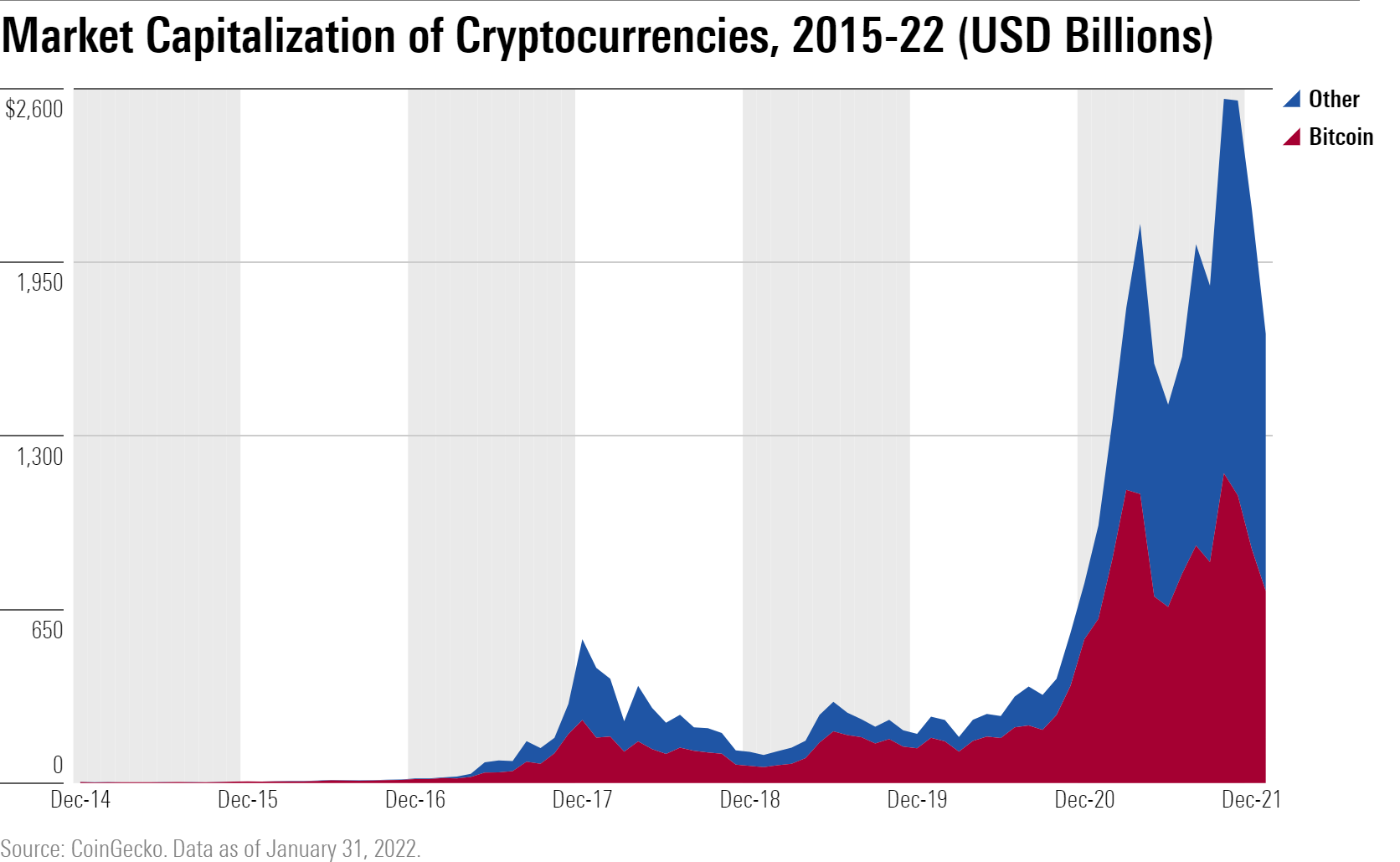Cryptocurrency market developments 2025
XRP gained renewed attention as rumors swirled about an ETF launch and regulatory settlement with the SEC. These developments strengthened XRP’s market position, pushing it into the top five cryptocurrencies by market capitalization https://casinosus-games.com/.
According to TradingView, the price of the first cryptocurrency surged by more than 10% over the week. Starting at $85,000, it reached $95,750 by April 25. At the time of writing, the price had stabilized around $94,100, with the asset’s market capitalization reaching $1.87 trillion.
Reports have also emerged regarding the plans of several crypto companies to obtain banking licenses, while crypto casinos continue to generate billion-dollar revenues, circumventing bans. There are also new warnings regarding the use of cryptocurrencies in criminal schemes, including illegal mining and hacks.
Additionally, it’s important to monitor the actual technical implementation effects, focusing on actual user experience improvements after the upgrade (such as reduced Gas fees, increased transaction speeds), Layer 2 scaling effects, etc. If internal personnel turmoil and governance disagreements within the Ethereum Foundation continue, it may also affect the efficiency of future upgrades.

Cryptocurrency market trends march 2025
With political trends, such as the new U.S. administration, and market dynamics like the stock market’s recovery, the blockchain market is set for significant growth in 2025. Widespread cryptocurrency adoption by businesses, along with growing institutional interest and the launch of Bitcoin and Ethereum spot ETFs in the U.S., will provide higher liquidity and stabilize the industry. As Bitcoin’s dominance stabilizes, altcoins like Ethereum, Solana, Toncoin, Chainlink, and Uniswap are expected to experience substantial growth, driven by increased investor interest and technological advancements.
Broader market trends may heavily influence the price performance of NEAR. First and foremost, institutional adoption will be pivotal in driving demand for NEAR. This interest from institutions is a pre-requisite for NEAR to move to our higher target, but also potentially exceed it and move well beyond $7 in 2025.
Meanwhile, Bitcoin faced a bearish prediction from CryptoQuant CEO Ki Young Ju, expecting a 6-12 month period of bearish or sideways price action. Additionally, gold’s surge due to geopolitical uncertainties contrasts Bitcoin’s downtrend, suggesting a complex interplay between traditional and digital assets.

With political trends, such as the new U.S. administration, and market dynamics like the stock market’s recovery, the blockchain market is set for significant growth in 2025. Widespread cryptocurrency adoption by businesses, along with growing institutional interest and the launch of Bitcoin and Ethereum spot ETFs in the U.S., will provide higher liquidity and stabilize the industry. As Bitcoin’s dominance stabilizes, altcoins like Ethereum, Solana, Toncoin, Chainlink, and Uniswap are expected to experience substantial growth, driven by increased investor interest and technological advancements.
Broader market trends may heavily influence the price performance of NEAR. First and foremost, institutional adoption will be pivotal in driving demand for NEAR. This interest from institutions is a pre-requisite for NEAR to move to our higher target, but also potentially exceed it and move well beyond $7 in 2025.
Cryptocurrency market news april 2025
Reports have also emerged regarding the plans of several crypto companies to obtain banking licenses, while crypto casinos continue to generate billion-dollar revenues, circumventing bans. There are also new warnings regarding the use of cryptocurrencies in criminal schemes, including illegal mining and hacks.
Leverage and liquidation risk: The current leverage ratio in the cryptocurrency market is relatively high (perpetual contract funding rates have recently rebounded), if CPI data triggers violent price fluctuations, it may trigger large-scale liquidations. For example, after the February CPI data was released, Bitcoin’s trading volume surged 40% within 1 hour, with obvious panic selling. Additionally, tariff policy and inflation transmission: The automobile import tariffs (25%) implemented by the Trump administration on April 2 may push up US import costs, exacerbating imported inflation pressure. If March CPI data exceeds expectations as a result, the market may further worry about Fed policy tightening, putting pressure on crypto assets.
Subsequently, it’s important to closely monitor US inflation data after the April tariff policy implementation, the Fed’s June interest rate decision statements on the rate cut path, Bitcoin ETF fund inflows, and on-chain activity indicators (such as exchange reserves, large transaction frequency), etc. Overall, the crypto world may show a “liquidity-driven” relatively strong fluctuation in the short term, but caution is needed regarding periodic corrections brought by macroeconomic uncertainties.
US March CPI data is an important reference indicator for the Fed to adjust monetary policy. If CPI growth is higher than expected (especially core CPI), it may strengthen market expectations for the Fed to maintain high rates or delay rate cuts, leading to a stronger dollar, tighter liquidity, thereby suppressing prices of risk assets like Bitcoin.
